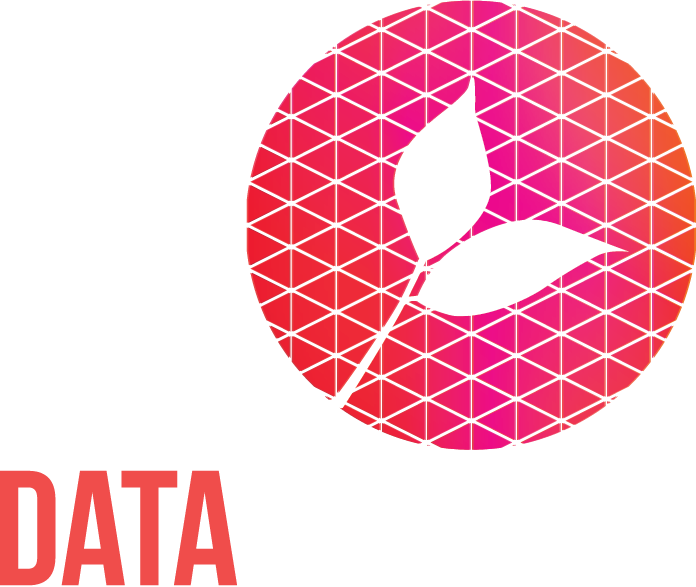Hooray it's the 5th birthday of the data maturity assessment
We launched our Data Maturity Assessment in October 2019 - five years ago!
It's hard to believe it's been five whole years since we launched the data maturity assessment tool into the world. With almost 12,000 users, from over 1,000 organisations in 56 countries, it's been quite a journey! And here’s what a five-year view of organisational data maturity looks like:
Built on years of research and development, we’ve always taken a grounded, holistic approach to data and organisations. Our tool explores as much about people and purpose, as it does the practicalities. And we delve deep and wide.
Twelve thousand users across the world
The tool’s launch in October 2019, nestled between the introduction of the 2018 UK Data Protection Act (and GDPR), and the Covid-19 pandemic, was probably not the most popular moment in history to talk about data! Yet it did elevate its importance. Mercifully, there’s been a supportive, (slightly niche?) community of progressive people and organisations who understand the value and potential of data. Today, amid the hype and frenzy around AI, the tool is a useful reality check on the readiness of organisations to embrace such advanced technology.
The assessment tool’s journey
For the tool itself, there’s been a lot of change:
6 product updates for measuring data maturity
5 new customisable organisation assessment types (Bronze, Silver, Gold, Umbrella, Cohort), in addition to our two free taster and individual versions
3 version updates to our resource pack and an instruction video to support organisations through the 7 steps to completing a data maturity assessment
Continuous improvement and testing of our data model and code packages for analysing and benchmarking
Creation of a robust cleaning and validation process to ensure the integrity and quality of an increasingly enormous dataset for benchmarking
The users’ journey
Knowing many (normal non-data people) really hate data, we’ve made the process as easy and painless as possible for our users. Notably we’ve tried to ensure it’s:
Accessible - designed for everyone to complete – with accessible language and questions, whatever their job (not just techie/data people)
Attractive - the tool and reports are attractive and instantly available
Social - it’s designed to be a team effort that will engage people collectively in learning, thinking and talking about data in their organisations before, during and after the assessment
Quick - our assessment typically takes 20 minutes to complete. For a whole organisation, it can be done in as little as a day or a few weeks.
The key to success
In short, our tool and approach has continued to evolve, as our knowledge and understanding has grown.
The most important thing we’ve learned is that HOW you assess is just as important as WHAT you assess. If your aim is to drive improvement in data, then engaging people (lots of people…ideally everyone) in the process is crucial.
Each year we’ve explored and shared our findings on how sectors are doing, what’s changing, where the strengths and weaknesses lie, and what’s curious and interesting when it comes to organisations and data. You can read about this in our State of the Sector research series.
Surprises - universal appeal
While the tool was originally designed for the not-for-profit sector (for example charities and social enterprises), we quickly realised many public sector and commercial organisations were using it too. So, in 2022, we tweaked the tool and openly published a new version of the framework model, to make it universally suitable for ANY organisation from ANY sector. Whilst the majority of organisations in our benchmark dataset are not-for-profits, 26% are commercial businesses, and 14% are public sector organisations.
Reach and impact
The assessment’s superpower is its ability to engage, educate and motivate staff to get better with data in their organisation.
It unlocks better conversations, creates buy-in, and for many, leads to action, investment and positive change. Here are some of the many organisation that have told us their stories about how data maturity assessments have informed their improvement journeys. You can also read more about this in our Impact report 2022.
Whilst we are delighted by each individual organisation that uses the tool, we are most excited when data capabilities are addressed at a strategic, sector-wide level. This year, we’ve seen sector, geographic and issue-based approaches, with multiple organisations working together to measure and respond to data maturity. Indeed, some have been addressing this on a long-term basis (the Scottish Government is about to take their fifth cohort of public sector organisations through their data maturity pathways programme using our tool).
What next?
If you want to find out the latest on what our treasure trove says about data maturity in different sectors, join us on Wednesday 23 October 12-1 for the launch of the 2024 State of the Sector Data Maturity report.
You can also hear some brilliant speakers share their data journeys at our upcoming events.
And, if you’ve never seen the data maturity assessment before, try the five-minute taster.
By the way, we’ll keep on updating our tool…so watch this space!
Some important thank yous
We would like to thank everyone who’s ever used our tool (and given us their data for research and benchmarking). A special thanks to those that have been part of our long-term research and to those who have given feedback about our tool and its impact. In particular, much appreciation to our technical partners at Outlandish, our communications partners at Kindlemix and our design partners at ThinkBlink. In our own team huge gratitude to our wonderful data scientists and engineers: Libby Harkins, Matthew Gosling, and Mike Spencer.




